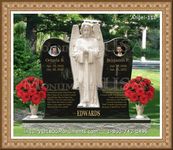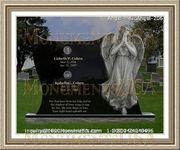|
Basic Details You Should Notice When Putting Together For Funeral Notices Templates
Quite a bit of preparation is required when planning someone's burial services. After all details are in place, a public announcement containing all pertinent information is usually made. Formal funeral notices are the easiest way to let a large amount of people know of an individual's passing and how and where final respects may be paid.
This is not the same thing as an obituary. That condensed biography of the person who has died is generally written by a newspaper staffer and follows a specific formula. The notice, however, is a paid submission created by the family which contains information regarding the individual as well as the services planned in their honor.
Announcements are usually made through the newspaper but they may also be done through emails and physical invitations. There are two general templates to follow. They either state the basics like who, when and where or they provide a personalized biographical history occasionally partnered with a photograph.
Certain information is considered standard for such announcements. The primary detail being the individual's full name, as well as commonly used nicknames and, if applicable, a maiden name. The piece may also include where they lived, the date they died, the family they leave behind and the when and where of all services to be held in their honor.
Further details of their passing may be included if desired. Adding personal information such as the person's hometown, where they were educated, places they've worked, whether they were military, their religious preferences, civic activities, hobbies and interests may be appreciated by others. It may also be prudent to identify the service officiant and chosen pallbearers.
If services are to be for family only, this should be clearly noted in the announcement. When charitable donations are requested in lieu of flowers, that stipulation can be stated in this piece. Funeral notices are more than just a formal way to let others know of a passing, they are a way to honor the dead.
|
|



























